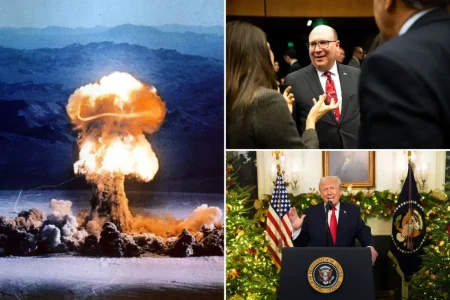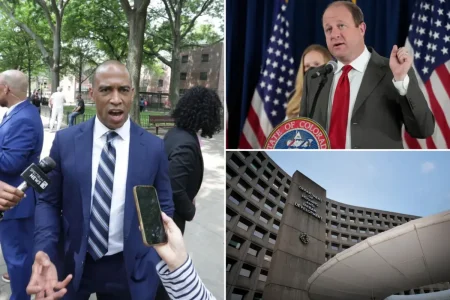A Glimmer of Hope: Israel and Hamas Reach Hostage Exchange Agreement
In a significant diplomatic breakthrough, Israel has formally approved a deal with Hamas that establishes a framework for the release of hostages in exchange for Palestinian prisoners. This announcement marks a potential turning point in the ongoing conflict that has caused immense suffering on both sides. The agreement, reached after intense negotiations involving international mediators, offers families a glimmer of hope that their loved ones may soon return home after months of captivity and uncertainty.
The hostage exchange deal represents rare common ground between the two sides whose relationship has been defined by decades of hostility and mistrust. For the families of those being held captive, this agreement transforms abstract political discussions into the concrete possibility of reuniting with fathers, mothers, sons, and daughters. Many have endured agonizing months without information about their loved ones’ conditions or whereabouts, their lives suspended in a painful limbo of grief and hope. This agreement acknowledges the profound human cost of the conflict that often gets obscured behind political rhetoric and military calculations.
The path to this agreement was neither straight nor simple. Negotiators worked through numerous false starts and collapsed talks, navigating the complex web of demands and red lines from both parties. International mediators played crucial roles in bridging seemingly insurmountable gaps, often shuttling between capitals with revised proposals when direct talks stalled. Both Israeli and Palestinian civil society groups have consistently advocated for prioritizing humanitarian concerns over military objectives, creating crucial pressure that helped sustain the negotiation process despite significant setbacks and escalations on the ground.
This prisoner exchange occurs within the context of a broader conflict with deep historical roots and contemporary complexities. For Israelis, the hostage situation has been a national trauma, with public squares featuring empty Shabbat tables symbolizing those missing from family gatherings. For Palestinians, the thousands held in Israeli prisons represent a generation of young people growing up behind bars, many detained without formal charges under administrative detention policies. The exchange acknowledges both these painful realities, though it addresses only one symptom of the larger conflict that continues to shape daily life throughout the region.
Implementation of the agreement will face significant challenges. Previous exchanges have sometimes faltered during the execution phase, with accusations of violations by both sides. Security arrangements for the physical transfer of prisoners and hostages must navigate complex logistics while maintaining the fragile trust necessary for the process to succeed. Additionally, public opinion on both sides remains divided, with some arguing the terms give too many concessions to the other side. Political leaders will need to manage these domestic pressures while maintaining their commitment to the agreement’s terms.
While this exchange represents meaningful progress, sustainable peace requires addressing the underlying causes of conflict. The agreement may create a foundation for further confidence-building measures or it may prove to be an isolated humanitarian gesture in an otherwise unresolved conflict. What remains clear is that behind the political calculations and security considerations are families waiting to embrace loved ones they feared they might never see again. Their relief and joy will provide the most meaningful measure of this agreement’s success, even as the larger work of building a just and lasting peace continues. In the midst of profound division, this moment of shared humanity offers a reminder of what is possible when the wellbeing of those caught in conflict is prioritized over other considerations.







